Thin-Layer Chromatography (TLC) serves for the analytic separation of single substances of one mixture
Thin-Layer Chromatography (TLC) serves for the analytic separation of single substances of one mixture. At the TLC, a mobile phase flows by a stationary phase in which the mixture divides into its individual components. The physico-chemical processes of the adsorption and distribution are responsible for the separation. Most separations are carried out with chamber saturation, i.e. the gas room is saturated in the TLC chamber with mobile solvent steams. The separation can take place in vertical or horizontal chambers. After the separation, a drying and first consideration/documentation will follow. Visible and/or UV light (254 and 366 nm) are also commonly used. Ideally, the TLC plate is put into a darkhood which can be illuminated correspondingly and can take pictures using a high-quality colour camera. However, simple UV light boxes are also suitable for a fast judgement of the separation.
- Easy to use
- Good separation
Applications
- Pharmaceutical labs
- Natural chemistry
- Food
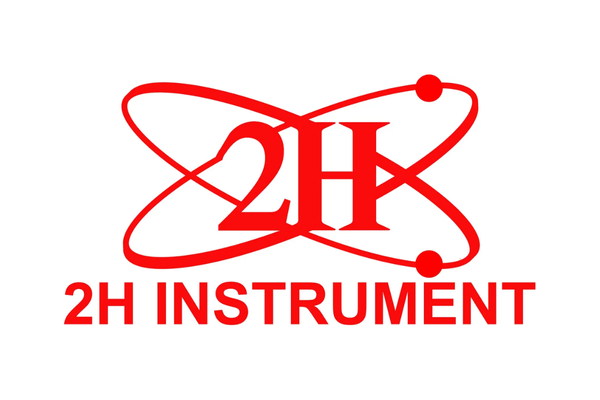


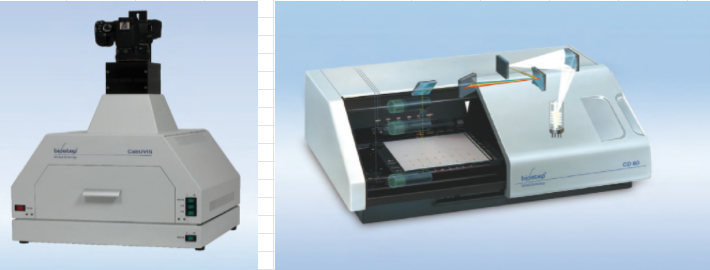

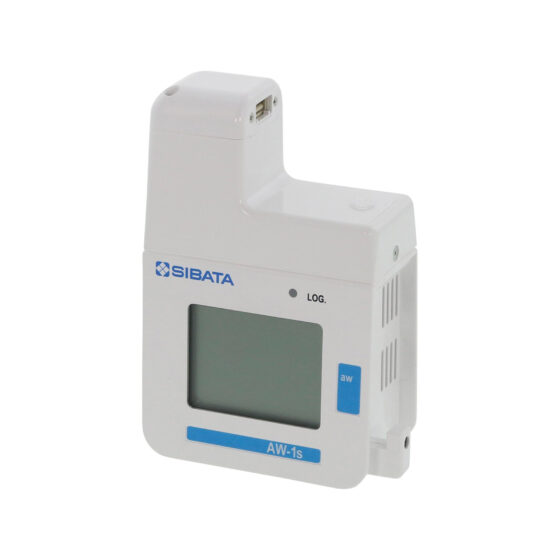
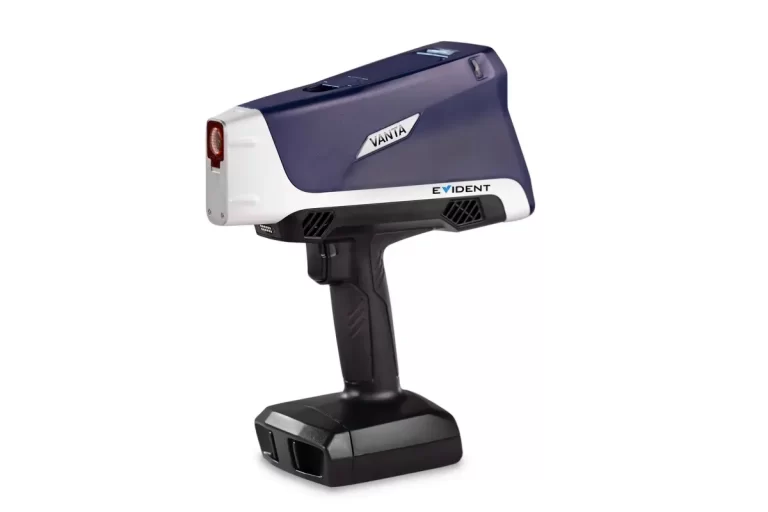
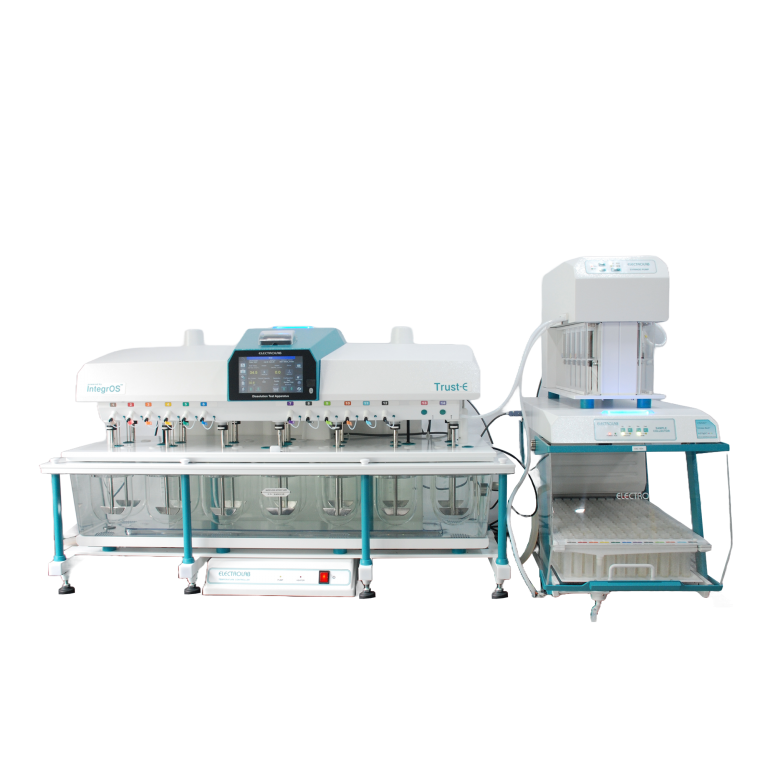
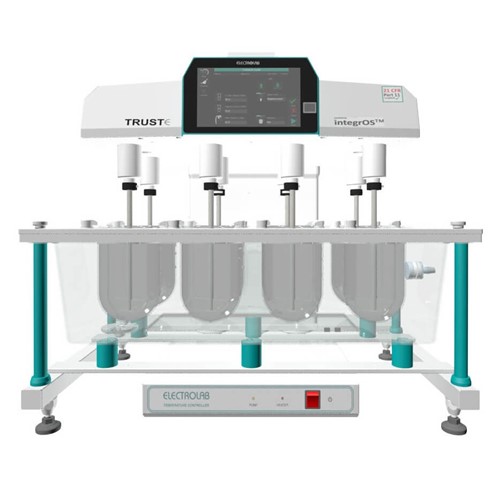
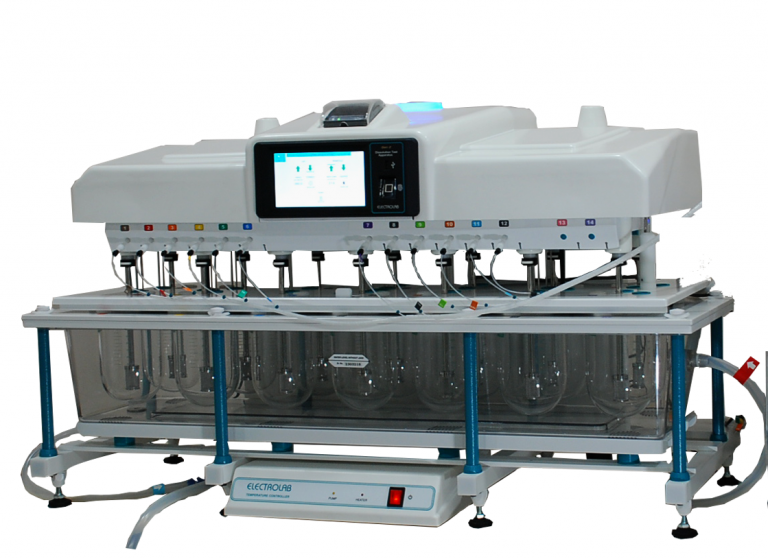
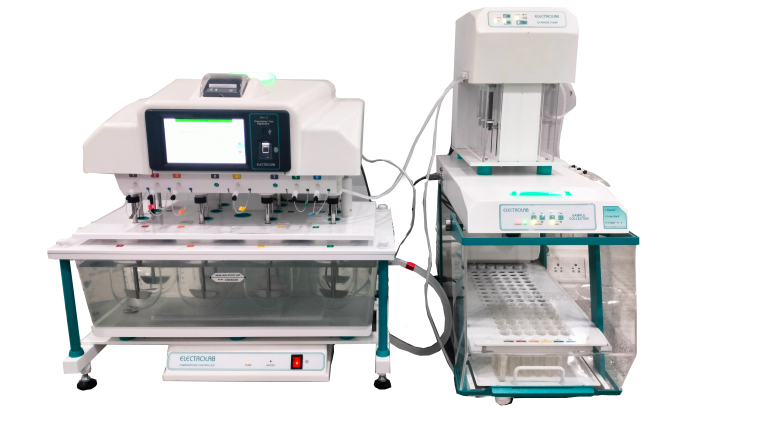
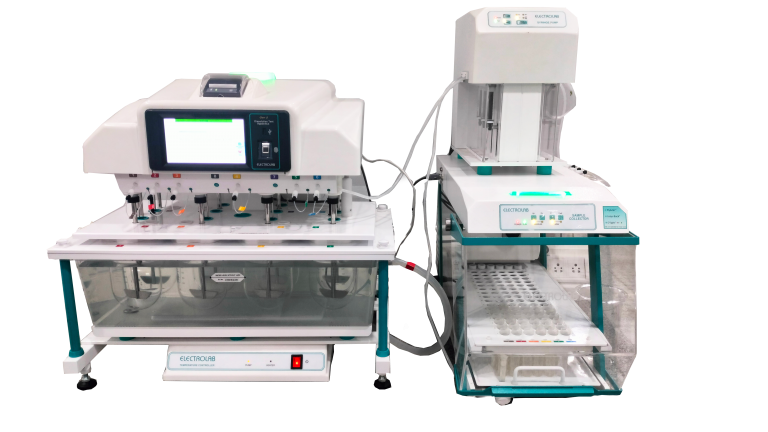
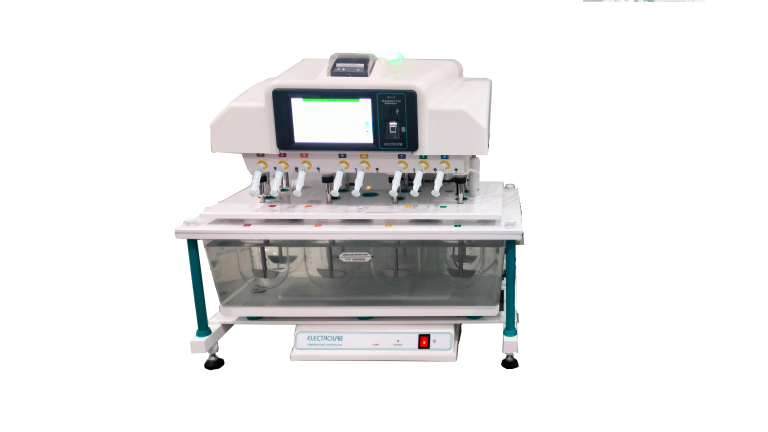
Reviews
There are no reviews yet.